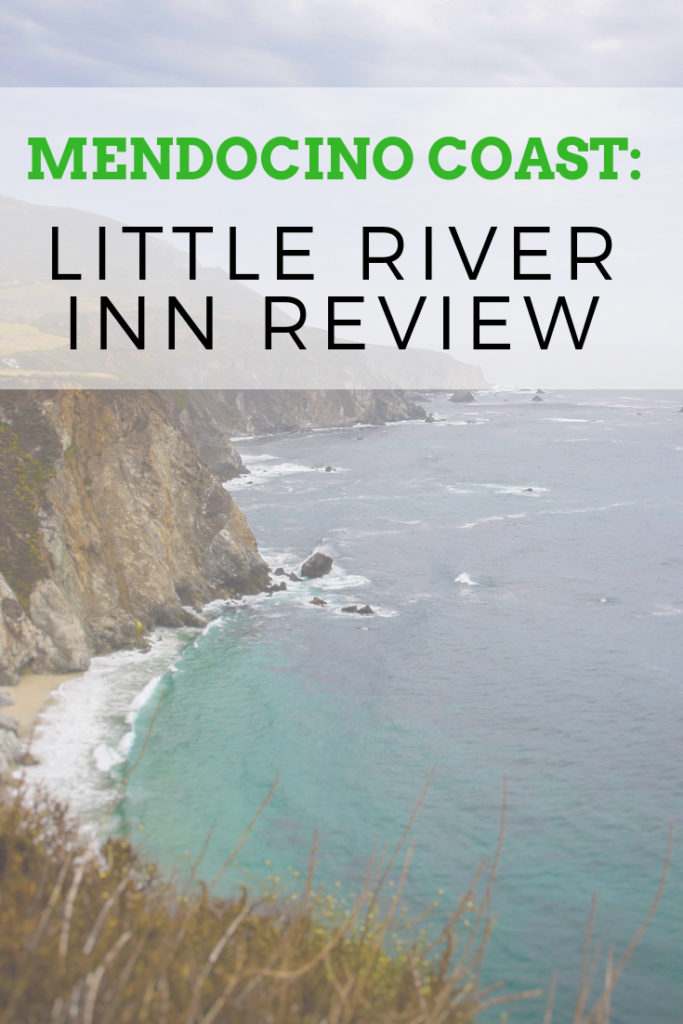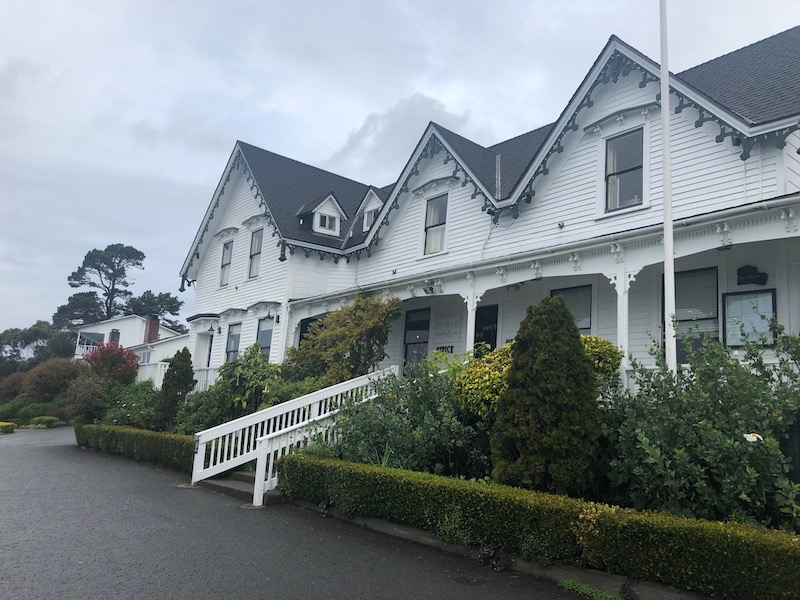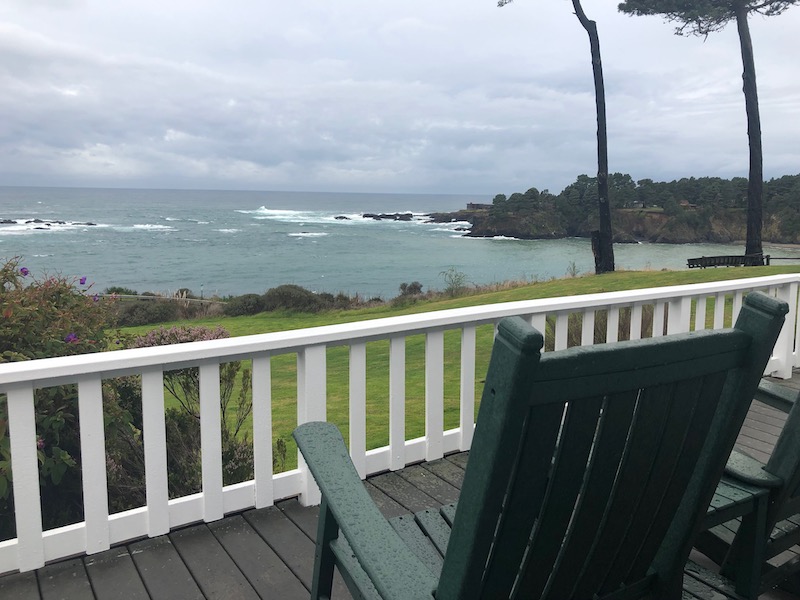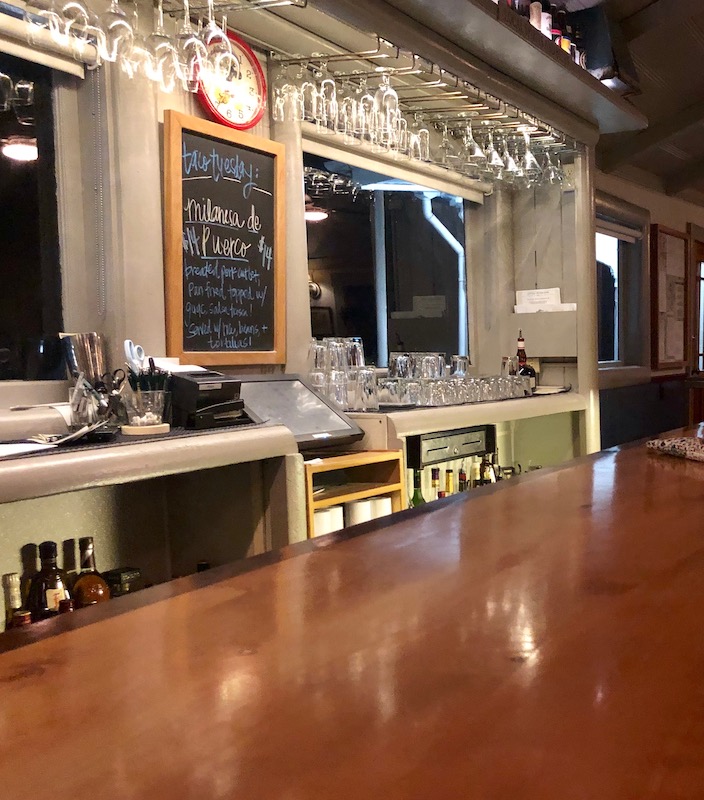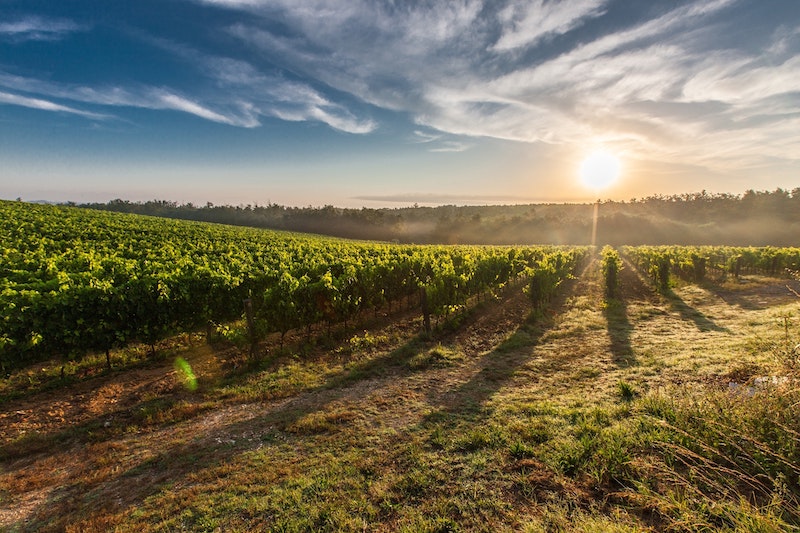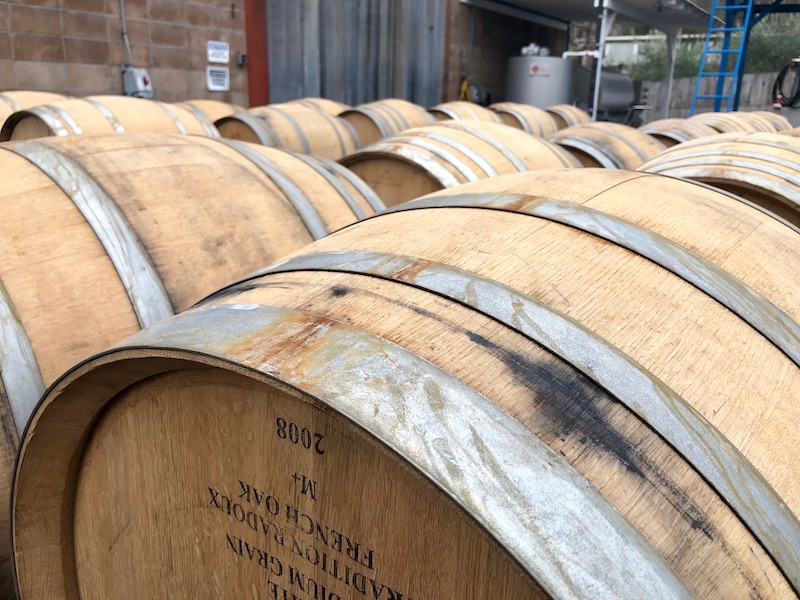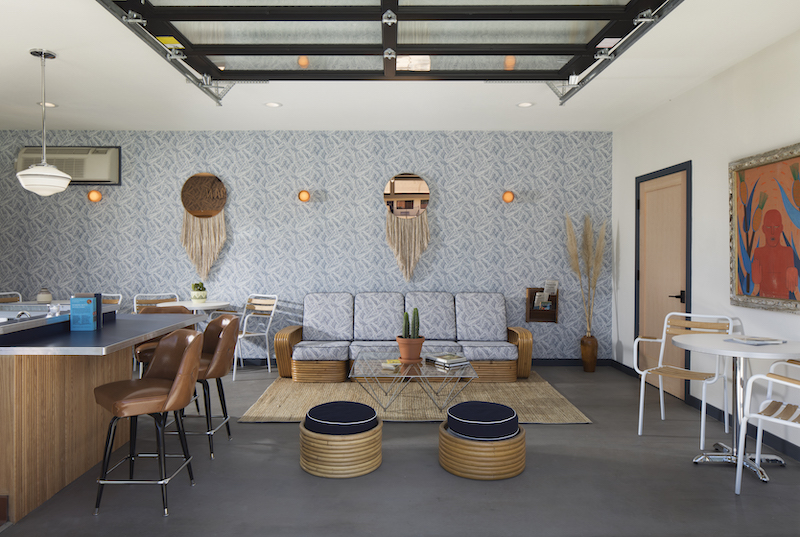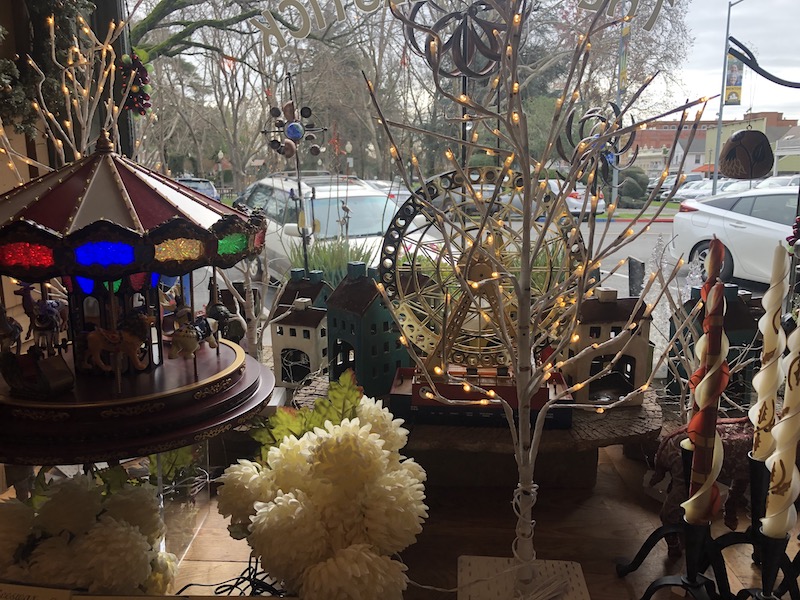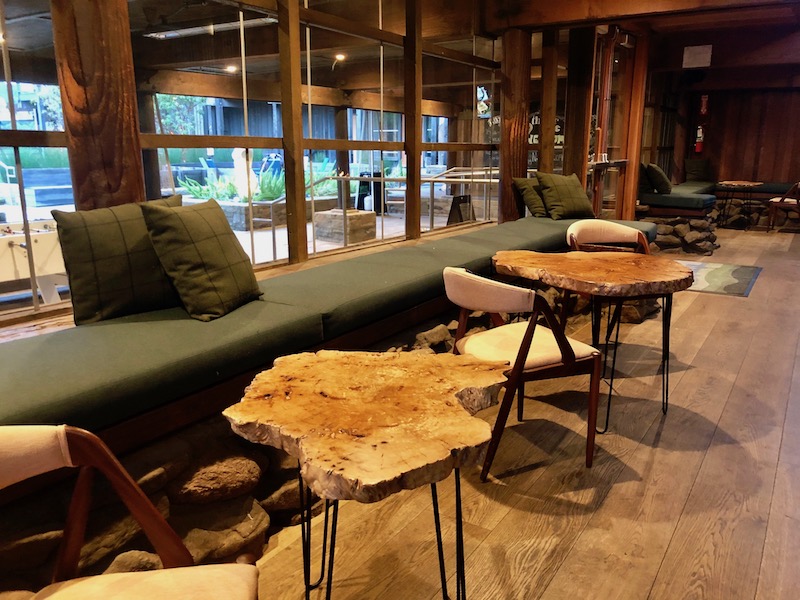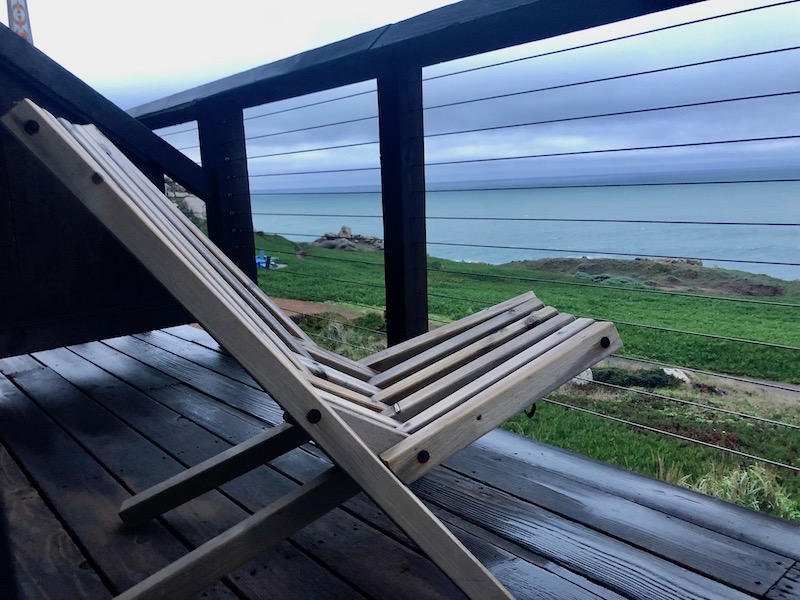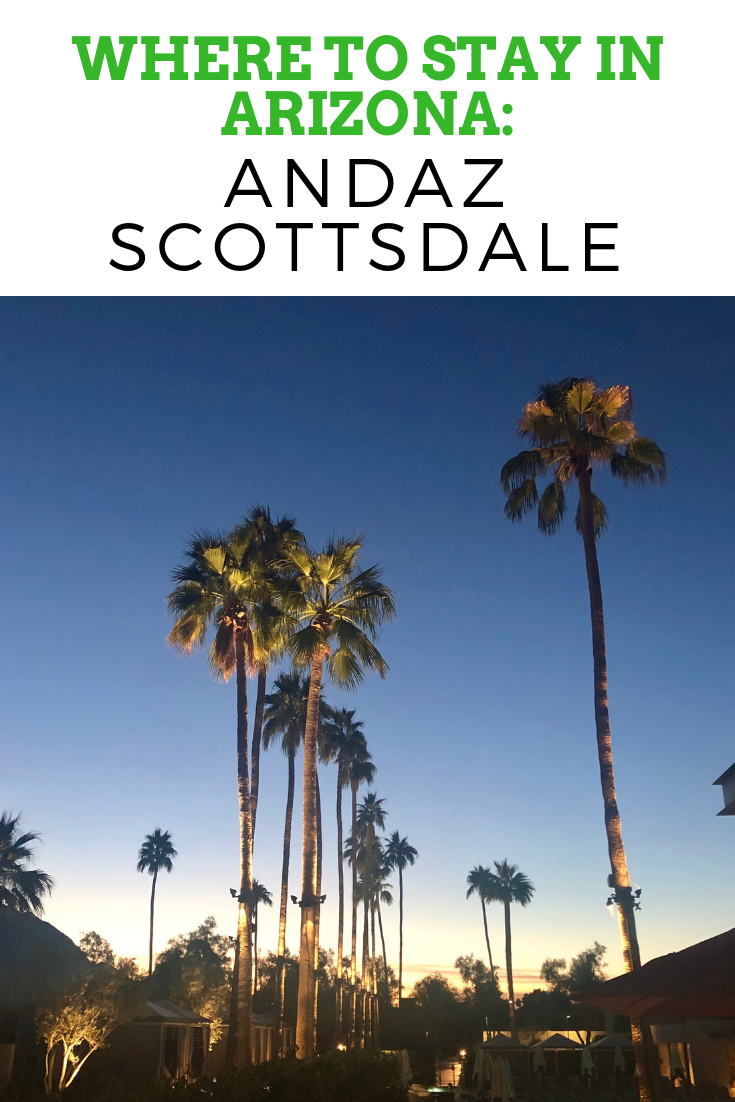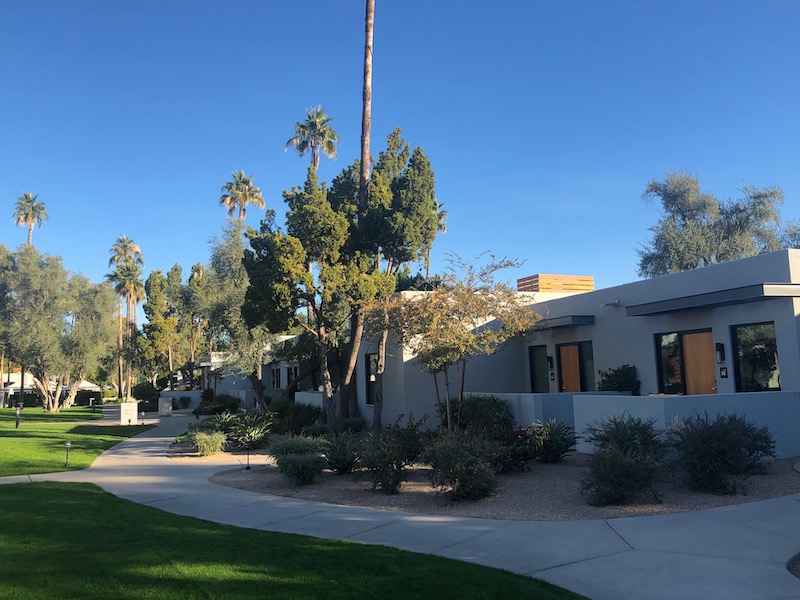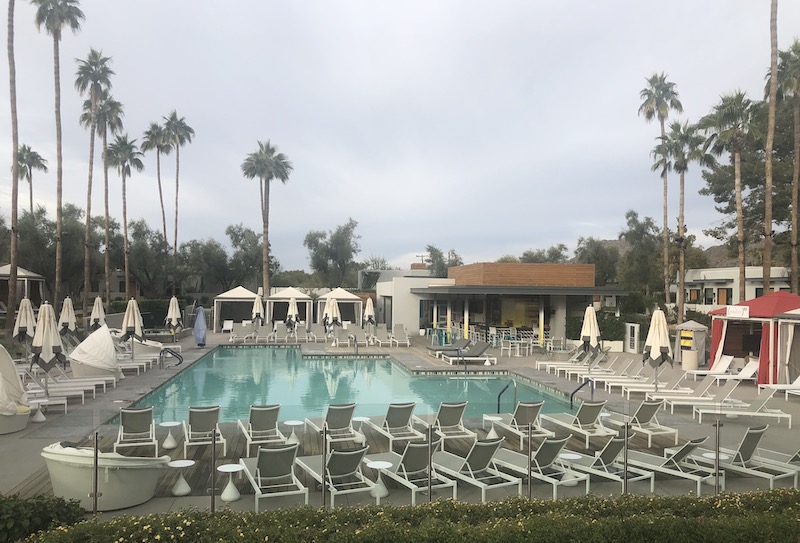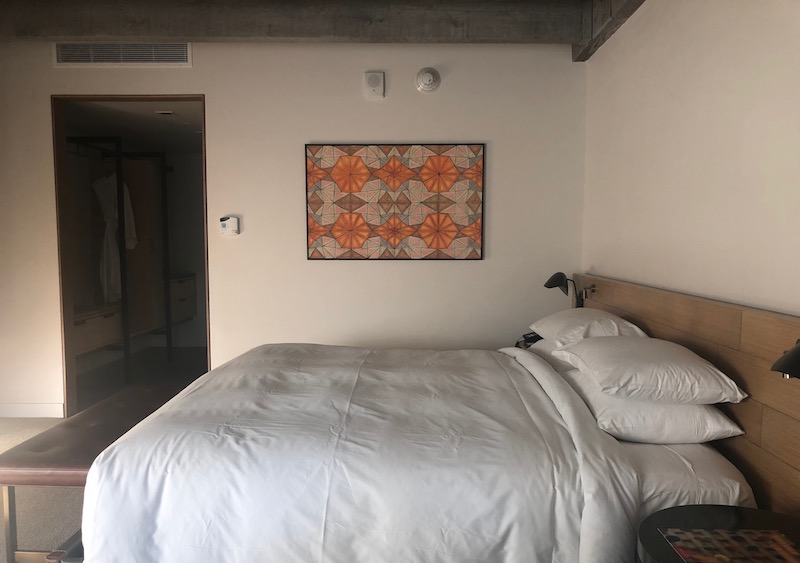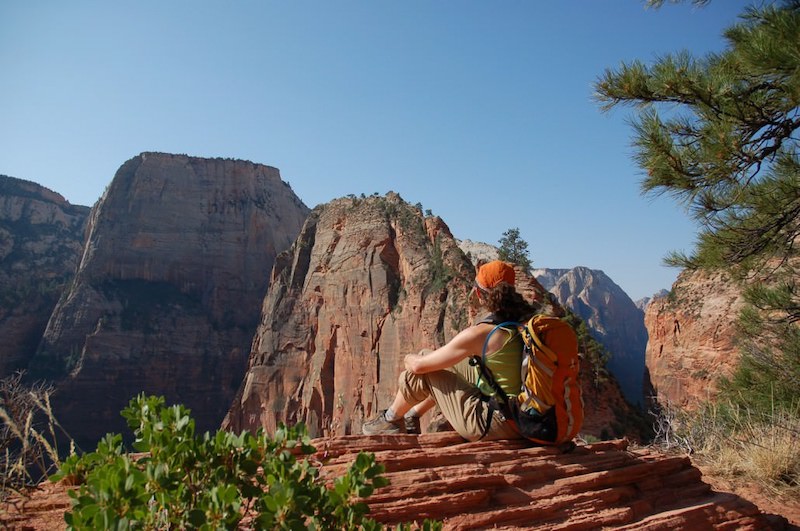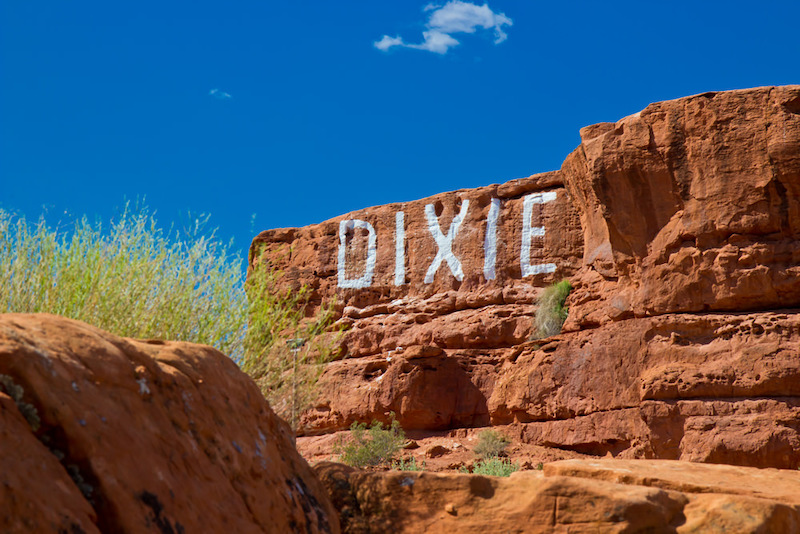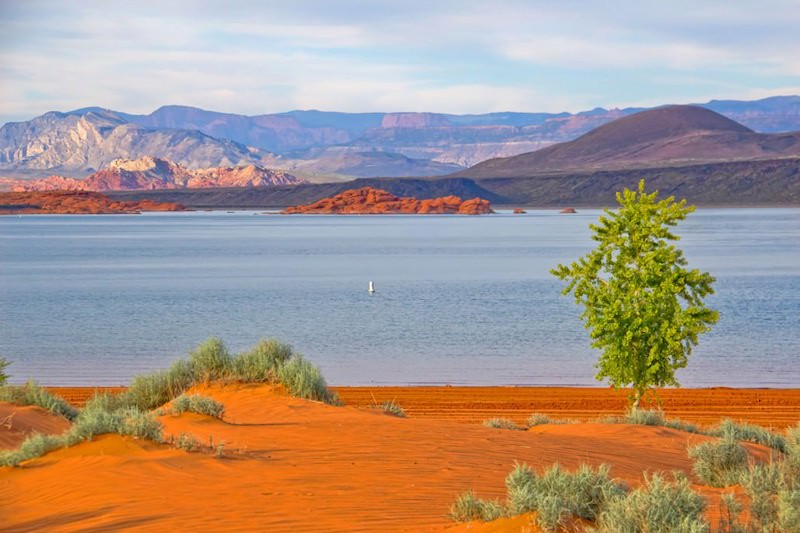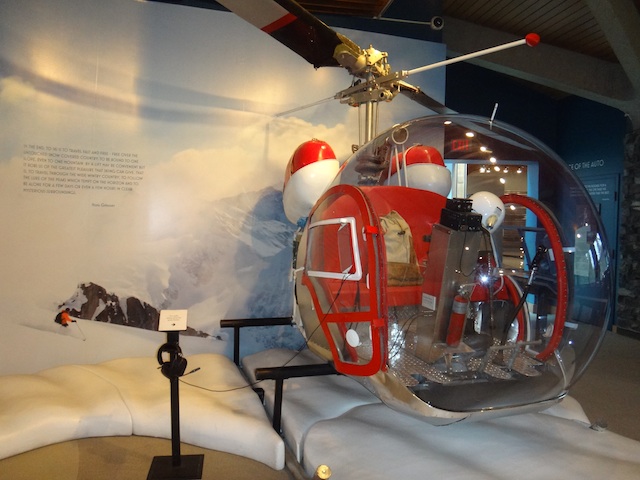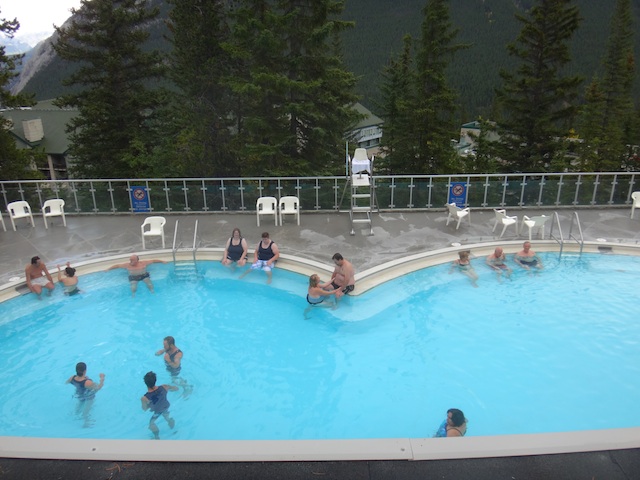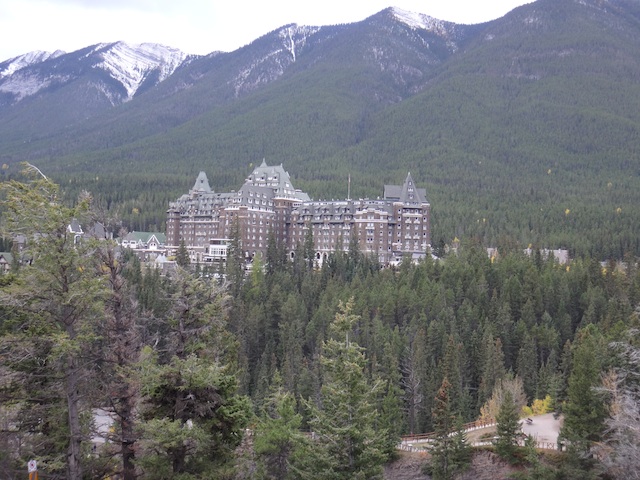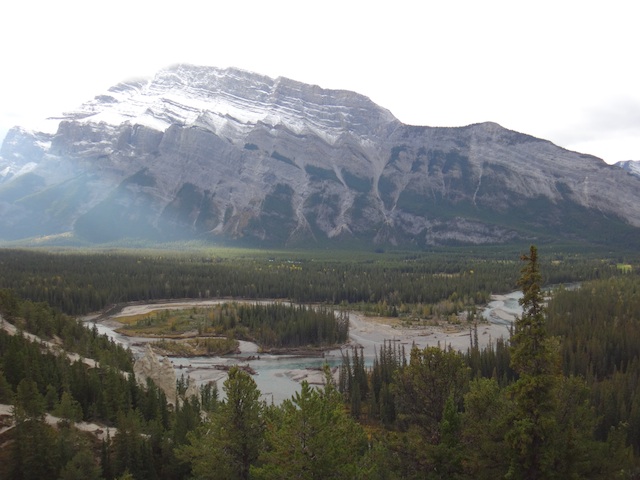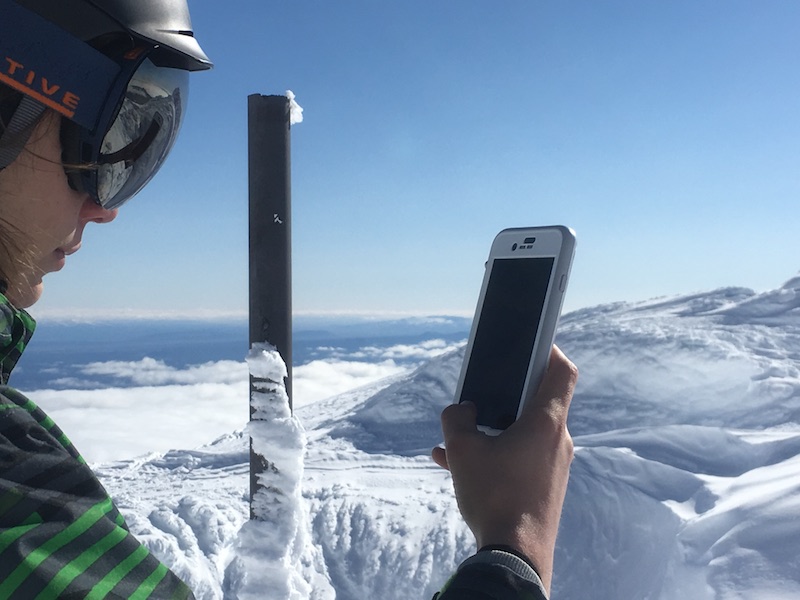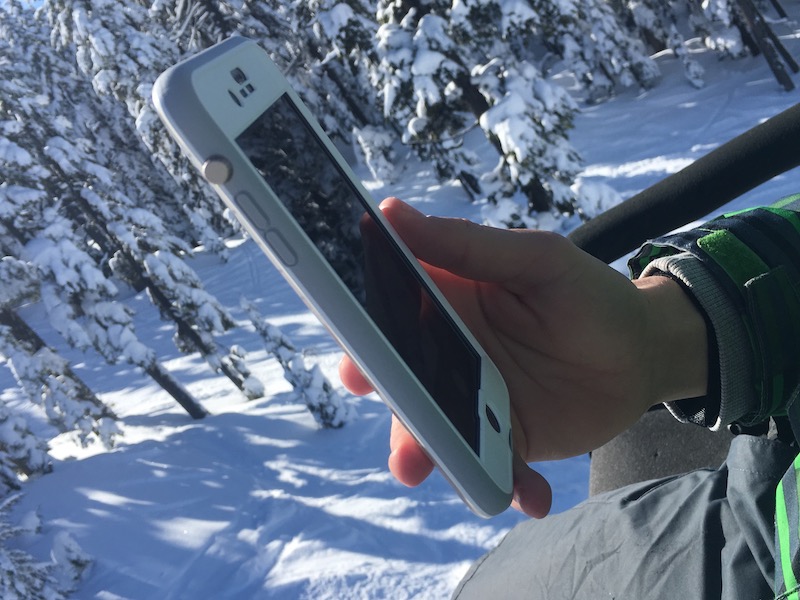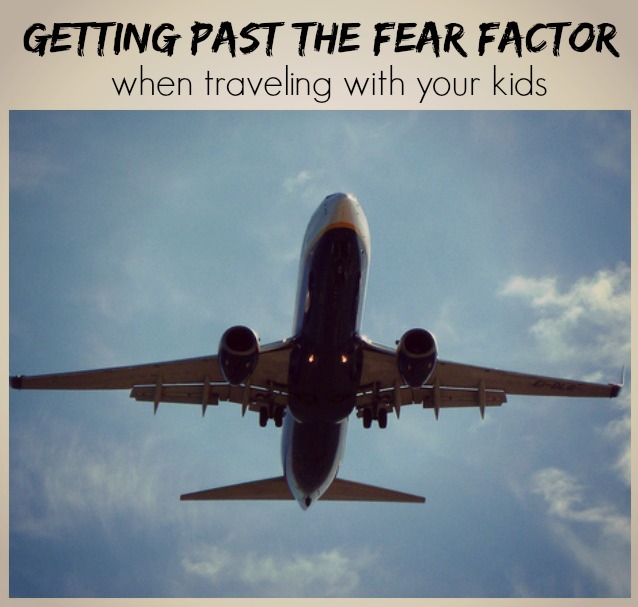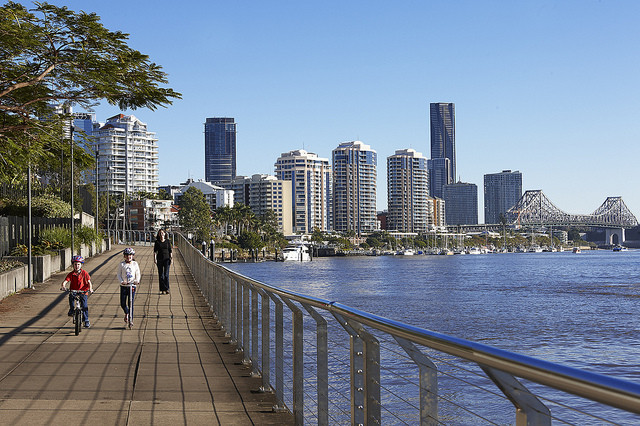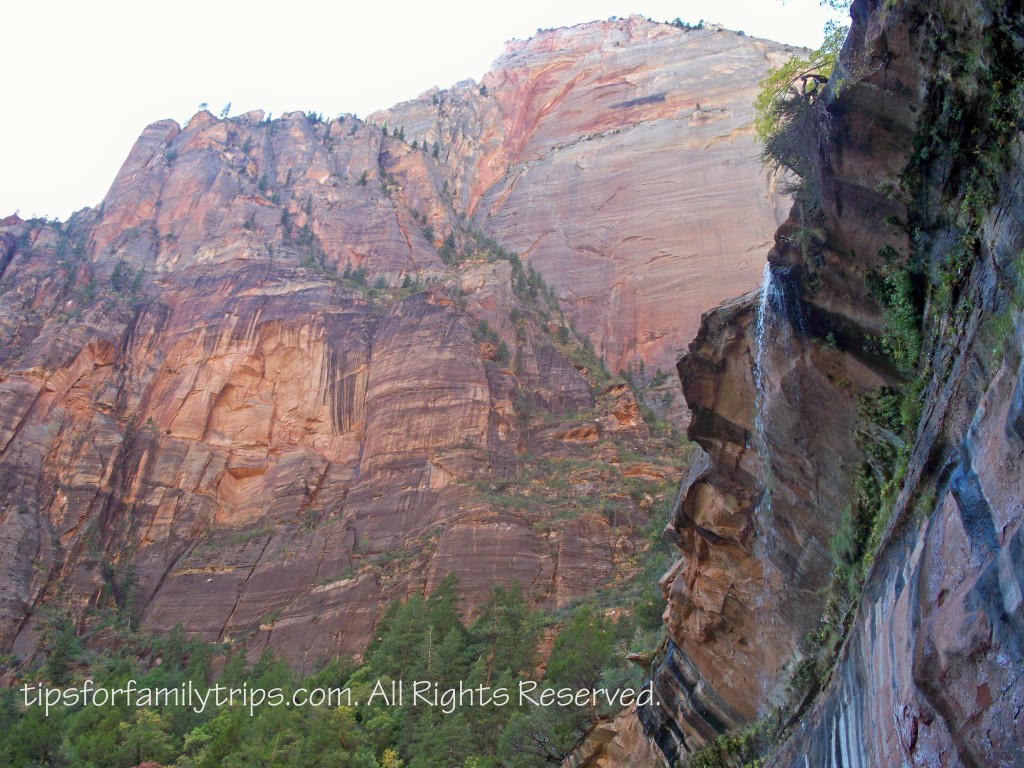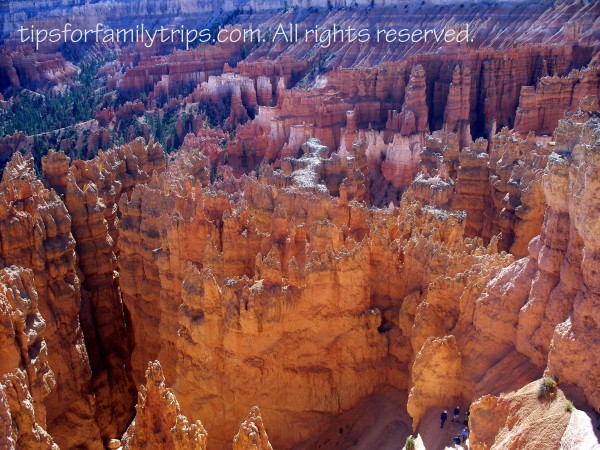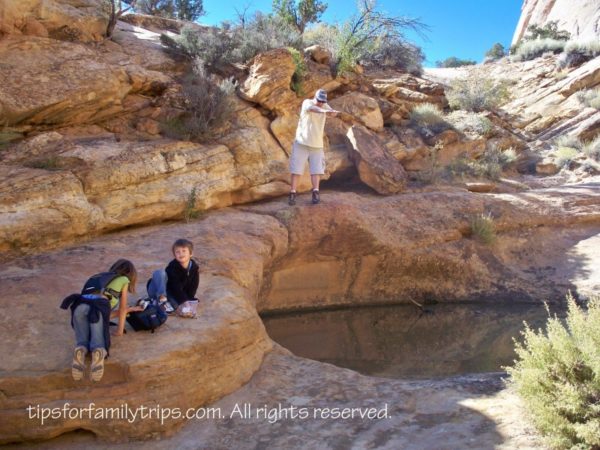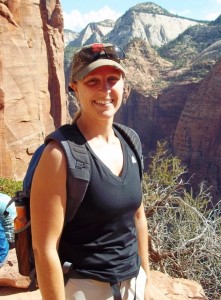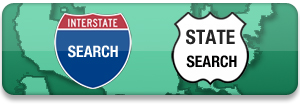Have you ever enjoyed turn-down service…in a tent? How about foot warmers, breakfast in your camp bed or nightly s’mores service? Even if you’re a hardcore camper, happy to rough it, c’mon…this sounds pretty great, right? Get your glamp on at the following glamping resorts in the western U.S.
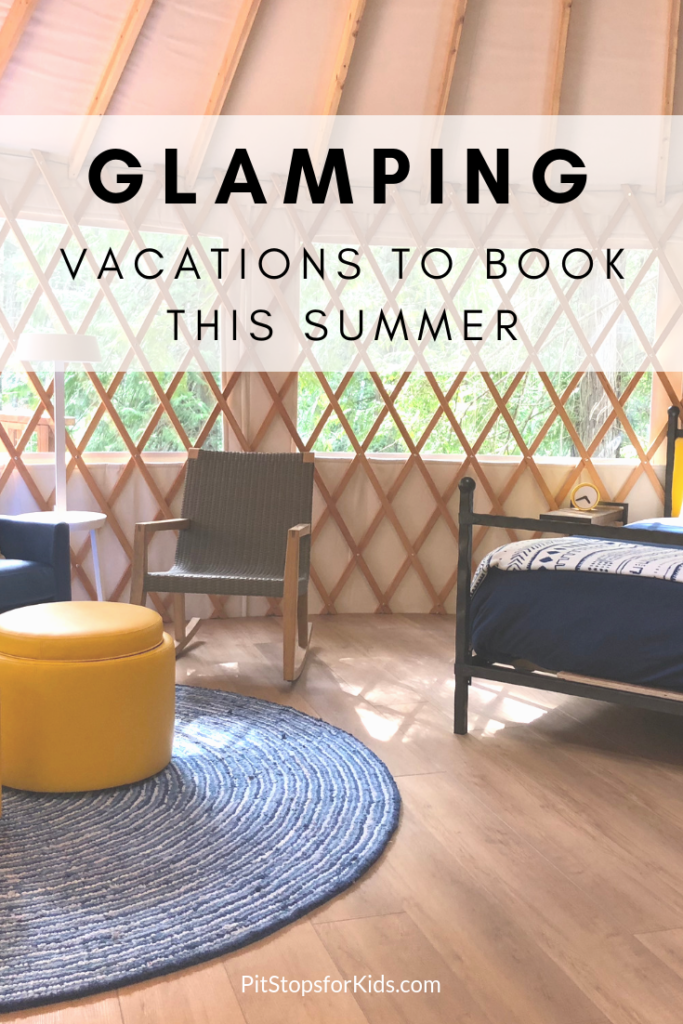
Over the top:
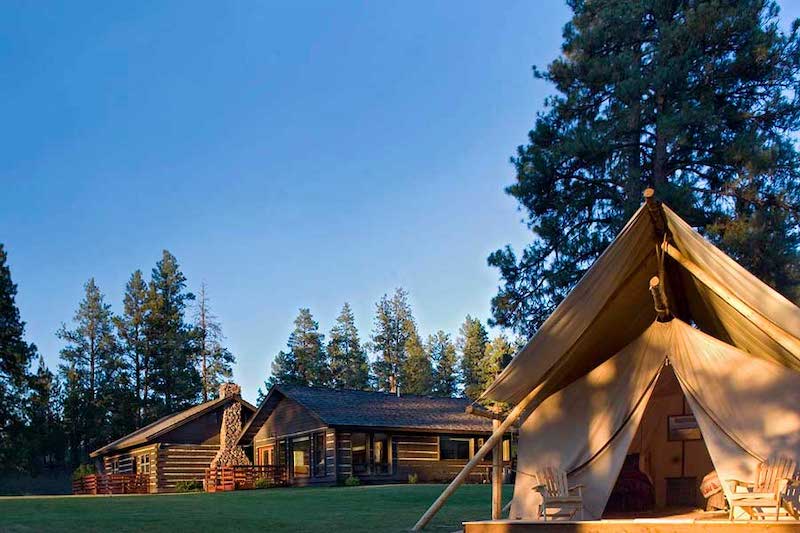
The Resort at Paws Up, Montana
Located on Montana’s Blackfoot River, Paws Up going above and beyond for its tent camping guests, with private camp butlers, a concierge tent serving gourmet breakfast, snacks, and drinks, and luxury bedding. Plus, daily activities at Paws Up can include cattle wrangling, helicopter rides, hot air balloon journeys, and fly fishing.
Clayoquot Wilderness Resort, British Columbia
Each private tent at Clayoquot is described as five-star luxury, with an African safari experience feel in the heart of the Canadian wilderness. Sign up for spa treatments, fish for salmon, head out of bear sighting expeditions, or rock climb or mountain bike during your days here.
Bull Hill Guest Ranch, Washington
At the northeastern edge of Washington State near the Canadian border, guests at Bull Hill experience authentic ranch life, but sleep in comfort in glamping safari tents, each with a private bath or shower, wide front porches, and lodgepole railings.
Fireside Resort, Jackson Hole Wyoming
Jackson Hole has its share of luxury accommodations, but at Fireside Resort, you can pretend you’re roughing it in your own tiny house-style cabin. Enjoy a full kitchen, curl up by your own fireplace, and cross-country ski from your front door in winter. There’s an outdoor fire pit if your camping experience won’t be complete without a campfire!
Glacier Under Canvas, Glacier National Park, Montana
Under Canvas is a glamping resort company that currently operates in Glacier, Zion, Moab, and Yellowstone. At their Glacier location, safari-style tents and teepees are available just a few miles outside the national park, with the option to elevate your experience to a deluxe tent, cabin, or treehouse.
Dunton River camp, Dunton, Colorado
Dunton River Camp operates three camps in Colorado, but the Dunton Hot Springs location is the place to be for alpine meadow views, hot springs, and open-air tenting. Need more cover? Wooden cabins are on offer in addition to the river tents.
AutoCamp, Russian River, California
Camp overnight in an Airstream trailer decked out with showers, hotel bedding, and extra touches. Only 90 minutes north of San Francisco, AutoCamp’s Russian River location is within easy distance of the Sonoma wine scene and plenty of outdoor recreation in the California redwoods. Choose between Airstream camping or luxurious canvas tent glamping.
Terra Glamping, California
Located on the northern California coast on Highway 1, all of Terra Glamping’s ten safari tents have ocean views. Ideal for whale watching, stargazing, or simply relaxing in a hammock or with a good book in hand, the Terra Glamping experience comes with hot showers, a deluxe continental breakfast, and memory foam mattresses.
Less ‘glamp’, more ‘camp’:
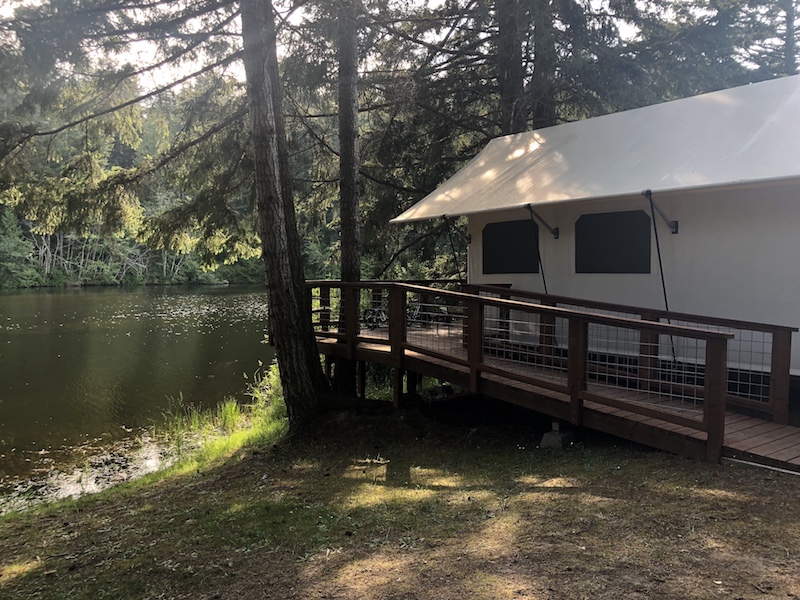
Doe Bay, Orcas Island Washington
A long-time retreat with a friendly commune feel right on the coast of Orcas Island, Doe Bay caters to earth-friendly types with organic produce at their on-site market, tent camping spaces, yurts and canvas tents, and clothing-optional outdoor soaking tubs and saunas.
Lakedale Resort, San Juan Island, Washington
Neighboring Orcas Island, San Juan Island’s Lakedale Resort offers the perfect glamping vacation for families with children, with tents that include breakfast and hot water bottles delivered to your bedside, or cabins next to all the lakeside action, which includes kayak rentals, paddle boards, arts and crafts, and more.
Willow Witt Ranch, Ashland, Oregon
A farm stay perfect for families that includes canvas-sided, wood-floored tents in addition to farmhouse accommodations, Willow Witt is tucked into the mountains about thirty minutes from Ashland in Southern Oregon. Meet the farm animals, hike on nearby trails, and enjoy the communal outdoor kitchen.
Treebones, Big Sur, California
Stay in a canvas yurt perched on the edge of the California coastline. You can even camp in the ‘human nest’, a cozy shelter that resembles a bird’s nest. Treebones boasts an organic garden, inspired architectural designs, and even a sushi bar on premises. Note that Highway 1 south of Treebones is currently closed after the impressive winter storms of 2017. Approach from the north.
River Dance Lodge, Kooskia, Idaho
Located near Lewiston, Idaho, River Dance Lodge offers glamping tents outfitted with old-fashioned pitchers and wash basins, wood stoves, and clawfoot tubs heated by propane (think hot tub!) within listening distance of a rushing river. Guests utilize a shared washroom. Plus, you’re within a stone’s throw of the best of Idaho’s outdoor recreation, including river rafting, lake swimming, and fishing.





